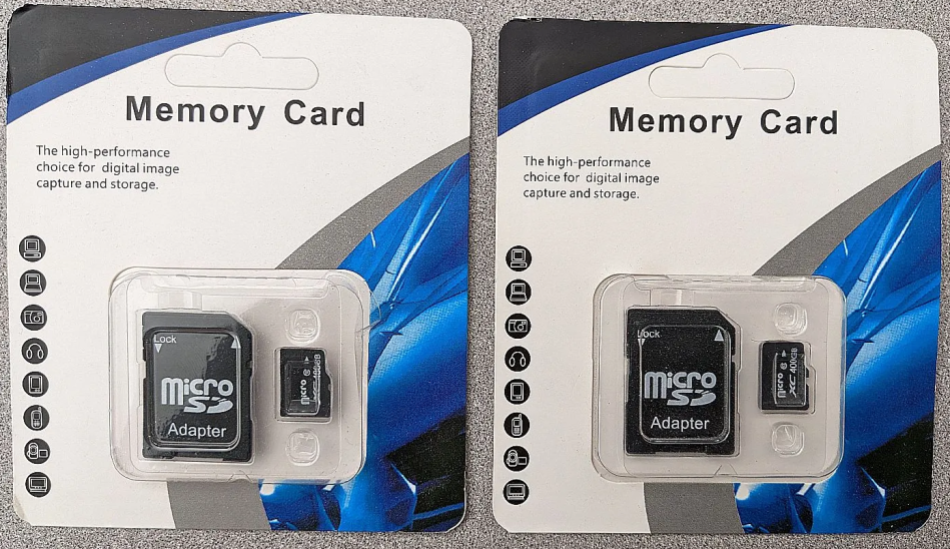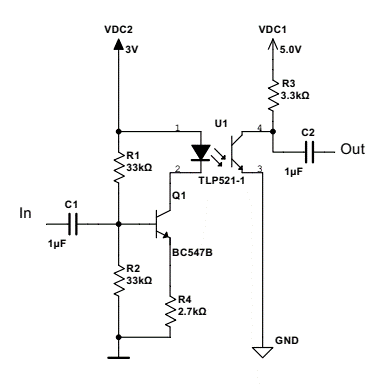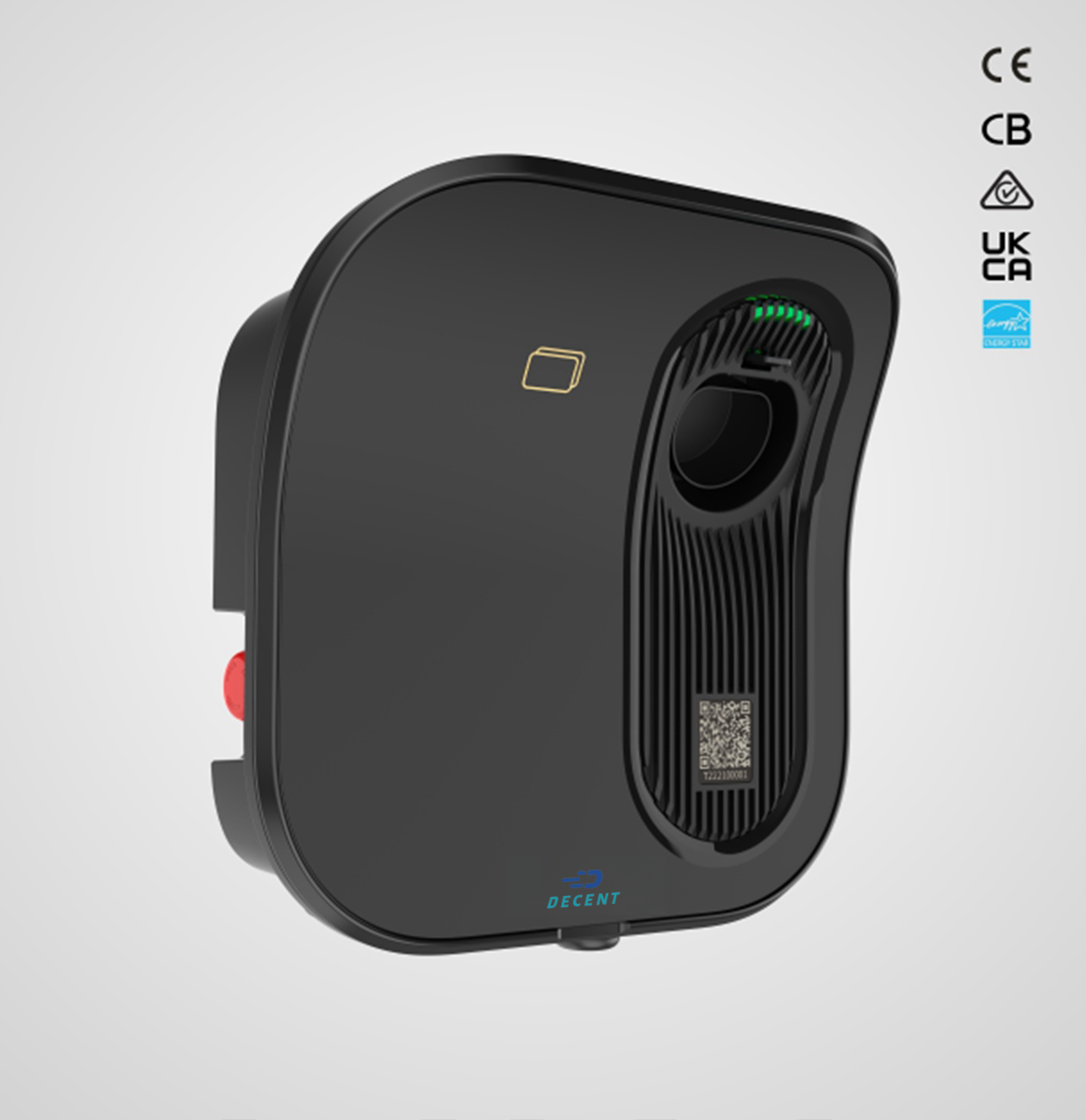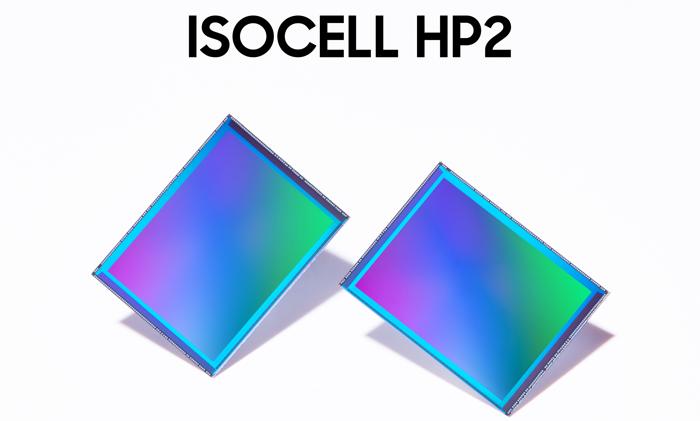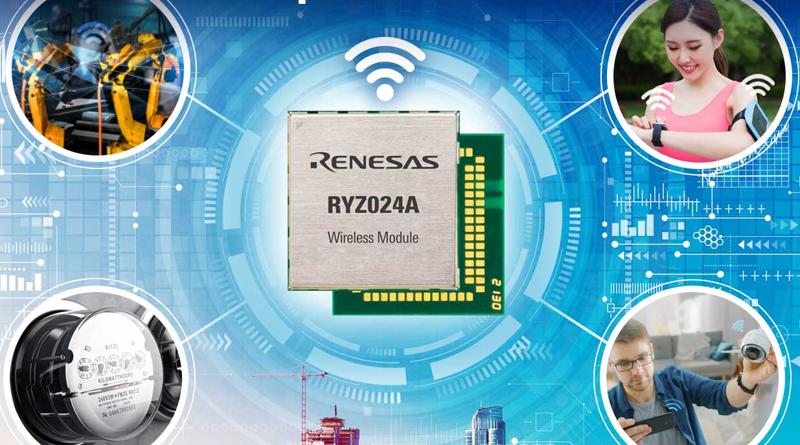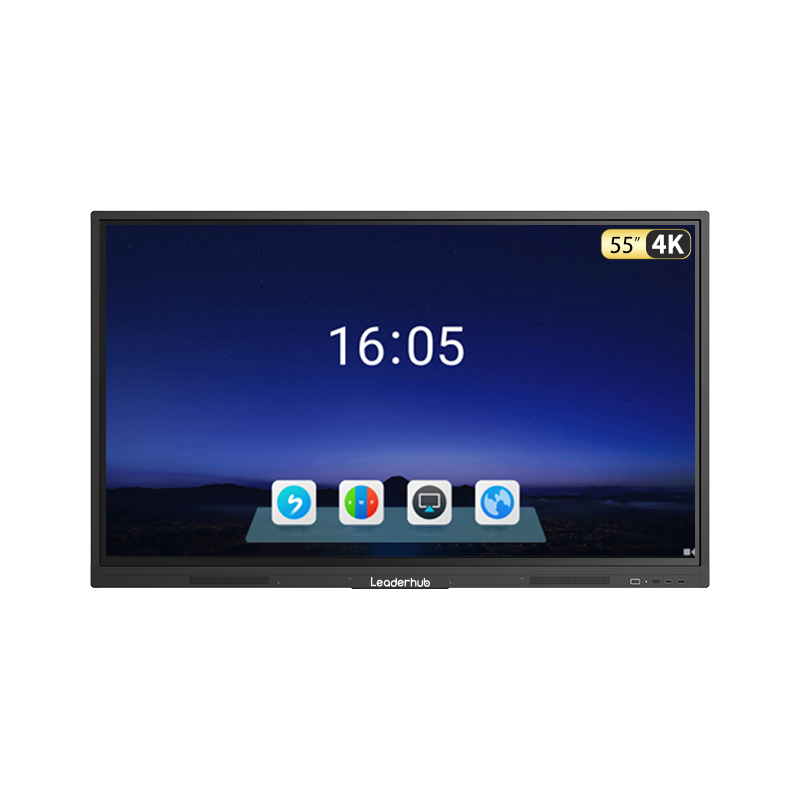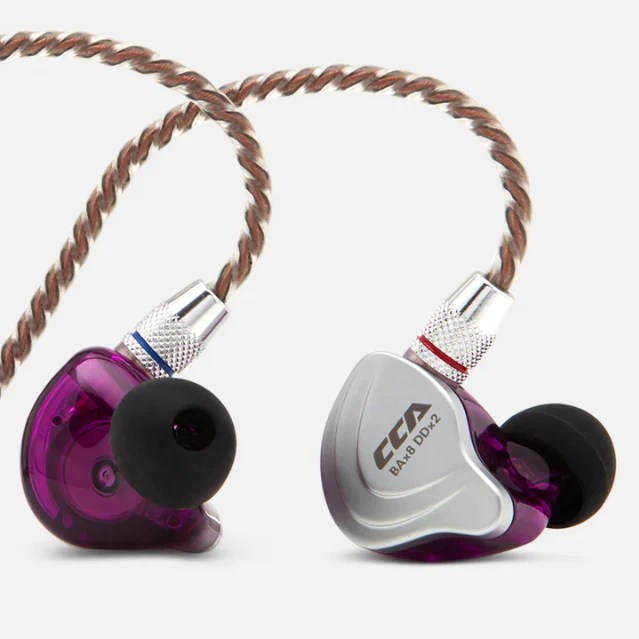
NOR flash eyes IoT devices catering to more code, data
- Consumer
- 2023-09-23 22:51:28
Smart devices connected to the Internet, making up the Internet of Things (IoT), increasingly demand differentiated memory that allows them to build new capabilities without boosting power usage and impacting device footprint. Besides, users need more memory because there is more code, and users need to log more information in the system.
Moreover, chipmakers must make every aspect of memory more reliable with a lot of diagnostic capabilities built into the memory device. According to Sandeep Krishnegowda, senior director of marketing and applications for memory solutions at Infineon, design engineers are trying to build new capabilities to what’s already there, so you need more memory. “They have also started asking for a highly reliable memory in a very small footprint.”
Next, it calls for a progression of low-power technology as most of these small form-factor devices are battery-powered. Wearables like smartwatches, hearables, and GPS trackers are just a few examples. Then there is the memory density factor which is inevitable given the ongoing addition of new features and capabilities in these smart devices.
Infineon Technologies claims that its new NOR flash memory addresses these needs for the IoT endpoint such as sensor nodes, wearables for earbuds and fitness trackers as well as battery-operated aircraft like drones. The SEMPER Nano NOR Flash also boosts density requirements from low-density 64 Mb to mid-density 256 Mb for growing code size, over-the-air (OTA) code updates, and additional storage for sensor data and logs.




Figure 1 The block diagram of SEMPER Nano NOR Flash highlights its ability to implement complex features in a tiny form factor. Source: Infineon
SEMPER Nano is based on Infineon’s proprietary flash technology, Mirrorbit, with packs more memory in a small footprint at 45-nm process node. “Mirrorbit technology delivers higher density while simultaneously providing power savings features to facilitate a memory solution for tiny form factor products,” Krishnegowda said.
The 256-Mbit memory device operates at 1.8 V and comes with a built-in error correction code (ECC). The NOR flash also includes a configurable sector architecture, allowing developers to optimize code or data individually. Additionally, it’s fully supported by SEMPER Solutions Hub, a portal that features all the building blocks required to integrate SEMPER NOR Flash into an application.

Figure 2 This is how a SEMPER Nano NOR Flash works in a wireless earbud while being stacked on a system-on-chip (SoC). Source: Infineon
“We see massive growth in new applications that demand high-density and low-power data storage,” said Krishnegowda. “That’s mainly because smart devices connected to the IoT can upgrade their capabilities without impacting the footprint.”
At a time when wearable and industrial applications are growing, NOR flash technology becomes critical for its ability to provide higher density, lower power, and more reliable operations in a tiny footprint. We will likely see more fitness trackers, hearables, health monitors, drones, and GPS trackers in the future, and NOR flash has an important role in these highly compact devices.
Related Content
Inside Intel’s 65-nm NOR flashThe Future of NOR flash memoryFlash 101: NAND Flash vs NOR FlashEmerging memories move to replace embedded NOR flashHow NOR flash helps overcome design challenges in wearablesNOR flash eyes IoT devices catering to more code, data由Voice of the EngineerConsumerColumn releasethank you for your recognition of Voice of the Engineer and for our original works As well as the favor of the article, you are very welcome to share it on your personal website or circle of friends, but please indicate the source of the article when reprinting it.“NOR flash eyes IoT devices catering to more code, data”

